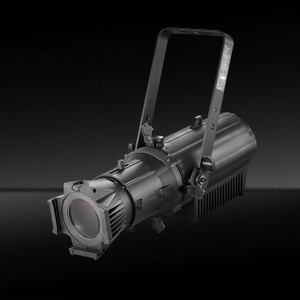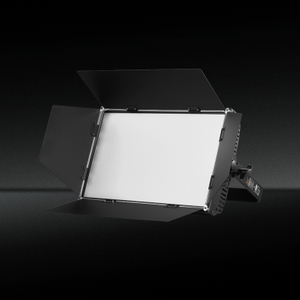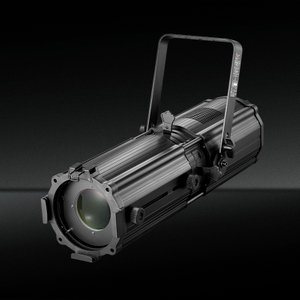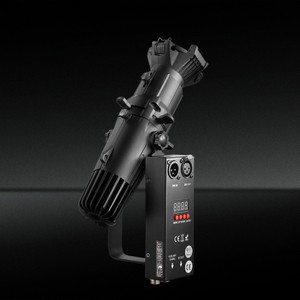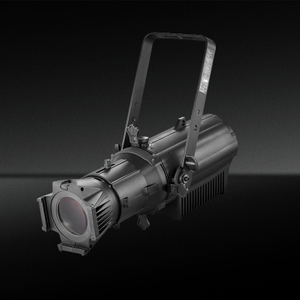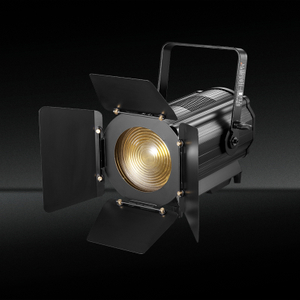Comparing LED Studio Lights to Traditional Lighting Solutions
Views: 7 Author: Site Editor Publish Time: 2024-10-17 Origin: Site









When comparing LED studio lights to traditional lighting solutions, several factors come into play. Here’s a breakdown of the key differences:
1. Energy Efficiency
· LED Lights: Use significantly less energy, often consuming 50-80% less power than traditional lights.
· Traditional Lights: Incandescent and tungsten lights consume more energy and generate excess heat.
2. Heat Output
· LED Lights: Produce minimal heat, making them safer to use and more comfortable in enclosed spaces.
· Traditional Lights: Generate a lot of heat, which can create discomfort and require additional cooling measures.
3. Lifespan
· LED Lights: Typically last 25,000 to 50,000 hours, reducing the need for frequent replacements.
· Traditional Lights: Have shorter lifespans, often ranging from 1,000 to 2,000 hours.
4. Color Accuracy and Temperature
· LED Lights: Offer adjustable color temperatures and high Color Rendering Index (CRI) ratings, providing better color accuracy.
· Traditional Lights: Have fixed color temperatures, which can limit versatility; CRI can be lower in some types.
5. Dimming and Control
· LED Lights: Generally have better dimming capabilities, allowing for smooth adjustments without color shifts.
· Traditional Lights: Dimming can be less efficient, and some lights may not dim well at all.
6. Weight and Portability
· LED Lights: Are typically lighter and more compact, making them easier to transport and set up.
· Traditional Lights: Often bulkier and heavier, which can be cumbersome for location shoots.
Conclusion:
LED studio lights provide numerous advantages over traditional lighting solutions, including energy efficiency, longevity, and versatility. While the initial cost may be higher, the long-term benefits often make them the preferred choice for modern lighting setups.


